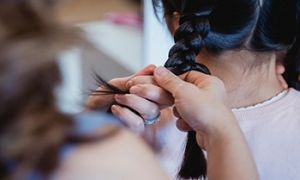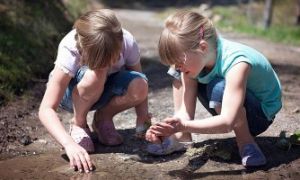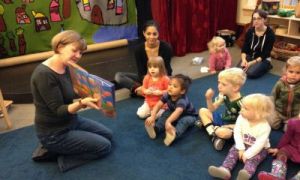Creating a safe and empowering environment for preschoolers begins with intentional, age-appropriate education around body autonomy, emotional literacy, and help-seeking skills. This article offers a collection of EYLF-aligned, trauma-informed Child Protection activities designed to foster safety, resilience, and voice in young learners.
Body Safety & Consent Awareness
- “My Body Belongs to Me” Tracing Activity: Children trace their body on butcher paper and decorate it with symbols of strength and safety. Reinforce the idea that private parts are those covered by swimsuits.
- “Safe Touch / Unsafe Touch” Puppet Game: Use puppets to act out scenarios. Children decide if the touch is safe and what they could do.
- Five Trusted Adults Handprint: Children trace their hand and name five people they can talk to if something feels wrong—one per finger.
Empowerment & Voice
- “Yes/No/Maybe” Consent Game: Use cards or visuals to explore boundaries. Children sort actions (e.g. hugs, holding hands) into “Yes,” “No,” or “Maybe” piles to build body autonomy.
- “I Can Say No” Mirror Affirmations: Children practice saying “No” confidently while looking in a mirror. Add empowering phrases like “My body, my choice.”
Visual & Sensory Exploration
- Safety Symbols Sensory Tray: Fill a tray with sand or rice and hide symbols (e.g. stop sign, heart, phone). As children uncover them, discuss what each one means in the context of safety.
- “Safe Spaces” Diorama: Children build a miniature version of a place where they feel safe—home, a grandparent’s house, or even under a tree. Great for exploring emotional safety.
Creative Expression & Emotional Literacy
- Happy vs. Sad Touch Paintings: Children use bright colors to paint what feels safe and dark tones for what feels unsafe. Add captions in their own words.
- Emotion Faces Collage: Create a wall of faces showing different emotions. Use mirrors and storytelling to help children identify and name feelings.
- “My Serious NO Face” Masks: Children design masks showing their “No” face—building confidence to speak up.
Role Play & Dramatic Play
- Safety Charades: Act out safe and unsafe behaviors (e.g., crossing the road with an adult vs. running alone). Children guess and discuss.
- Bath Time Dramatic Play: Set up a pretend bath area with props. Use it to talk about healthy body boundaries and who helps us stay clean safely.
- Stranger Danger Scenarios: Use dress-up and role-play to explore how to respond when approached by unfamiliar people.
- Safe vs. Unsafe Scenarios: Use puppets or dolls to act out everyday situations. Let children decide if the scenario is safe and what they could do.
- Story Stones: Paint stones with images (e.g., a house, a sad face, a phone). Children use them to tell stories about safety, feelings, and asking for help.
Storytelling & Literacy Activities
- Read-Alouds: Books like My Body Belongs to Me or Never Talk to Strangers spark discussion. Follow up with drawing or puppet responses.
- Create-a-Book: “How I Stay Safe”: Children illustrate their own safety stories—who helps them, what makes them feel safe, and what to do if scared.
- Safety Songs & Rhymes: Use music to reinforce messages like “Stop, Drop, and Roll” or “I Can Say No.”
- Protective Behaviours Book Nook: Curate a collection of books about consent, boundaries, and emotions. Add reflective prompts like “What would you do if…?”
- “Who Helps Me?” Matching Game: Match community helpers (e.g., police, teachers, doctors) with situations where they can support children.
Interactive & Sensory Activities
- Feely Box Exploration: Fill a box with sensory items (cotton balls, sandpaper, slime). Children describe how each feels and which touches they like or dislike.
- Safety Scavenger Hunt: Children search the room for safety items—first aid kits, fire extinguishers, exit signs—and discuss their purpose.
- “Safe or Unsafe” Sorting Game: Use picture cards to sort behaviors or situations into safe and unsafe categories.
Family & Community Engagement
- “My Family’s Safety Plan” Poster: Children work with families to create a visual plan for emergencies—who to call, where to go, and what to do.
- Community Helper Visits: Invite local police, nurses, or firefighters to talk about how they help keep children safe.
- Take-Home Kits: Include a child-friendly safety checklist, a family conversation prompt, and a drawing activity.
Through playful exploration, storytelling, and sensory-rich activities, educators can help young children understand their rights, recognize safe and unsafe situations, and build the confidence to speak up. These foundational experiences not only support compliance and safeguarding goals—they nurture resilience, trust, and lifelong protective behaviours.
Further Reading
NSW Child Protection Training Requirements For Educators
Free Webinar—Protecting Children From Paedophiles and Child Abuse
My Early Warning Signs Posters
NSW Child Protection Training Requirements For Educators
My Body Safety Rules Posters
References:
National Office for Child Safety
Child protection—Australian Institute of Health and Welfare
Empowered Parents,
Keep Your Child Safe
Parenting Pod


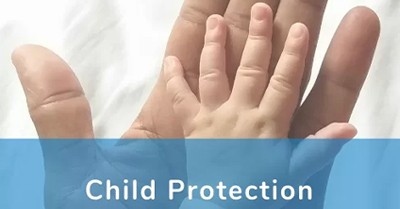
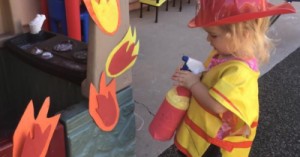



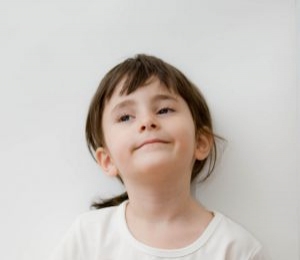 Open ended questions cannot be responded to with one word answers such as yes or no. These types of questions enables a child to provide
Open ended questions cannot be responded to with one word answers such as yes or no. These types of questions enables a child to provide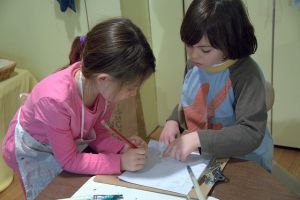 During your child’s preschool years, an important milestone begins to emerge. This is the development of pre-writing skills. Pre-writing skills are used to encourage, develop
During your child’s preschool years, an important milestone begins to emerge. This is the development of pre-writing skills. Pre-writing skills are used to encourage, develop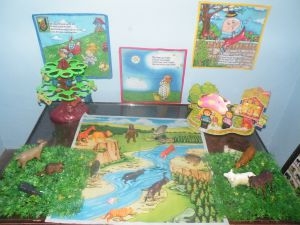 Open ended materials enables children to play freely. They are objects that have no rules to follow, use or function. Raw materials that can be
Open ended materials enables children to play freely. They are objects that have no rules to follow, use or function. Raw materials that can be An Acknowledgment of the Country is a way of showing respect for the Traditional Owners and can be given by both non-Indigenous people and Aboriginal
An Acknowledgment of the Country is a way of showing respect for the Traditional Owners and can be given by both non-Indigenous people and Aboriginal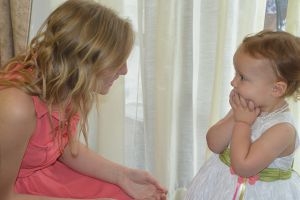 Language plays an important role in a child’s development. It enables a child to communicate effectively with their family, learn at school, socialize with friends,
Language plays an important role in a child’s development. It enables a child to communicate effectively with their family, learn at school, socialize with friends,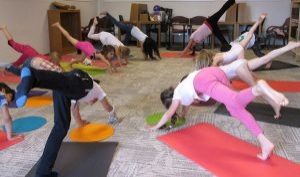 Like adults, children have to deal with their own stress in life. Moving house, starting a new school, preparing for a new sibling - these are
Like adults, children have to deal with their own stress in life. Moving house, starting a new school, preparing for a new sibling - these are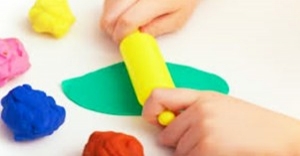 Playdough is such a versatile material. It provides numerous benefits to children as they manipulate it, it is safe and soothing and provides children with
Playdough is such a versatile material. It provides numerous benefits to children as they manipulate it, it is safe and soothing and provides children with Teaching children about sustainability enables them to appreciate and respect the natural environment. Early childhood services can provide meaningful hand on learning experiences in order
Teaching children about sustainability enables them to appreciate and respect the natural environment. Early childhood services can provide meaningful hand on learning experiences in order Recycling is an important concept that teaches children to care for the environment. It encourages children to be responsible and show a growing appreciating for
Recycling is an important concept that teaches children to care for the environment. It encourages children to be responsible and show a growing appreciating for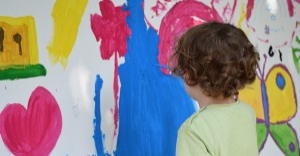 When children apply paint to paper, glue things together, or pound a lump of clay, they experiment with colour, shape design and texture.
When children apply paint to paper, glue things together, or pound a lump of clay, they experiment with colour, shape design and texture.
